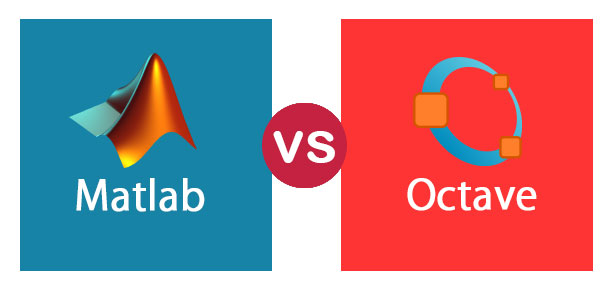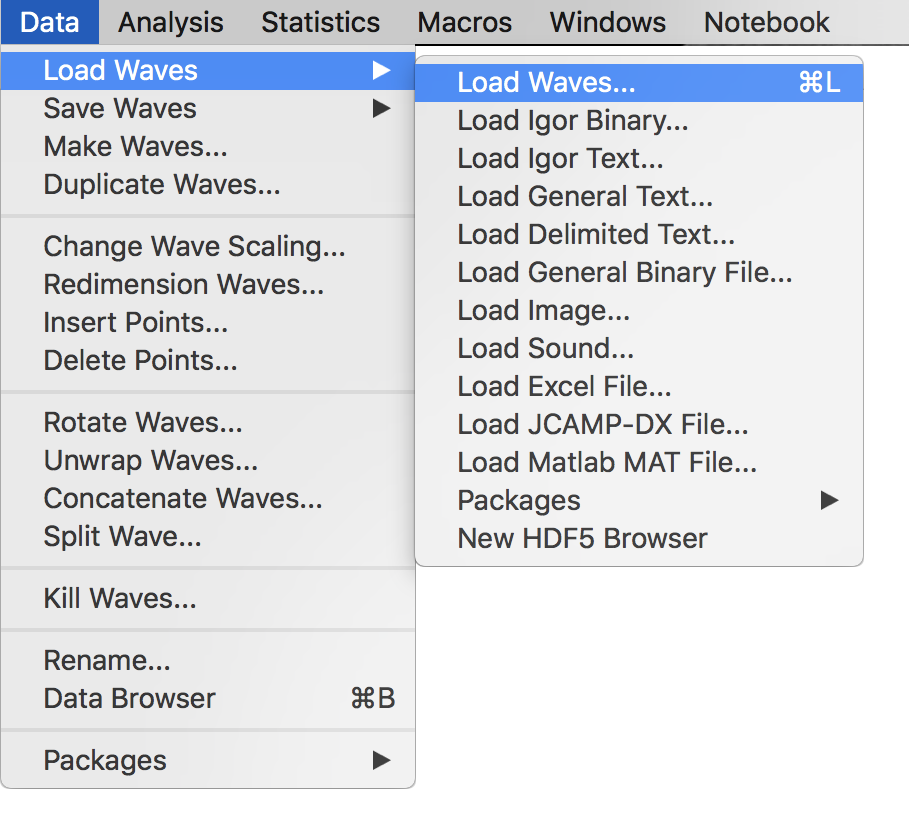

This is correct for the classic Boussinesq equation but not with the NAVFAC equation. I would except 25 kN/m² for the case described above. Now I can integrate the Navfac and Boussinesq formula to calculate the effect of an infinitely extended surcharge (area load). This shows the famous factor 2 for the "mirror effect" (note: this factor is under discussion in Bowles book) Attached I have a comparison showing the NAVFAC formula and the classic Boussinesq ones. If we have a line load behind the wall on a given distance, I can use the Boussinesq equations. If we have an infinitely extended surcharge of 50 kN/m² we would thus have 25 kN/m² lateral earth pressure. The views expressed in this article are my personal views and do not reflect the views of my employer.I face a strange problem when calculation the loads on a retaining wall.įor example, if we have a soil with φ = 30° behind a wall, we would have an a rest pressure coefficient of K 0 = 1 - sin φ = 0.5. PS: I'm a fan of R and Python for data analytics activities respectively. I haven't used MATLAB (it's statistical toolbox) and Octave yet. "It's always good to have more weapons in your armory." If you want to develop new mathematical models quickly, you can use Octave or MATLAB. If you need to use data structures and integrate with external applications, use Python. Now, let's look at the winner from the type of data science activity that you want to pursue - If the data needs to try several different algorithms, choose R as it has huge CRAN package base.

If you are tech enthusiast and love exploring/learning new things, you can learn Julia - the killer feature being the speed of execution. Because, to build a product in an enterprise scenario you need interact with multiple entities which may talk different language. Later, when you have MATLAB access, you can use your Octave skills! If you are an employee, I suggest to master both Python and R. If you are a research scholar, good to start with R and explore Octave.

IMO: If you are a graduate student, it's good to start with Python - as you get the advantages of general purpose language. However, the winner is kind of subjective to the phase you are in the career. It may seem evident from the comparison table that "Python leads the way, but R is pretty powerful" if you are willing to put that extra effort of going through the learning curve. To find out a winner, I have assigned points (on a scale of 0 to 5) to each programming language in the following categories: the speed of execution, learning curve involved, it's data analytics capabilities, visualization support, development tools (IDEs, dev/build/deployment, etc), ease of integration with other applications/languages and the job opportunities in the Industry. Analytical solutions such as Excel, Stata and SAS are not compared as they are not programming-oriented. Programming languages - R, Python, Octave, MATLAB, Octave, Julia, etc provide the capabilities to perform data analytics operations in a much better way than traditional programming languages - Java, C++, C, etc as they offer rapid prototyping, machine learning classifiers and regressors straightaway. This becomes even difficult if you are starting off and wondering which programming language to learn. It's always a challenge when it comes to choosing a particular programming language that comes out as a winner, especially in the field of Data Science.


 0 kommentar(er)
0 kommentar(er)
